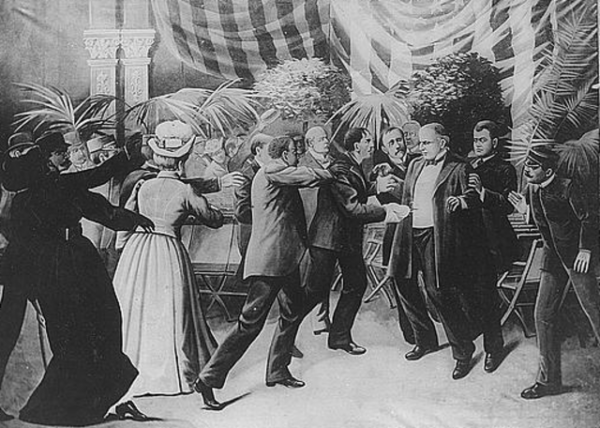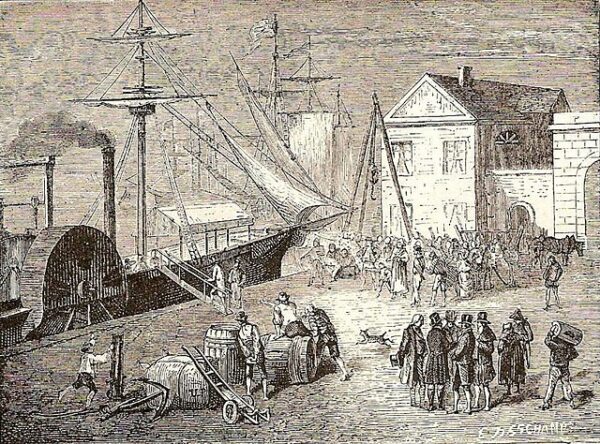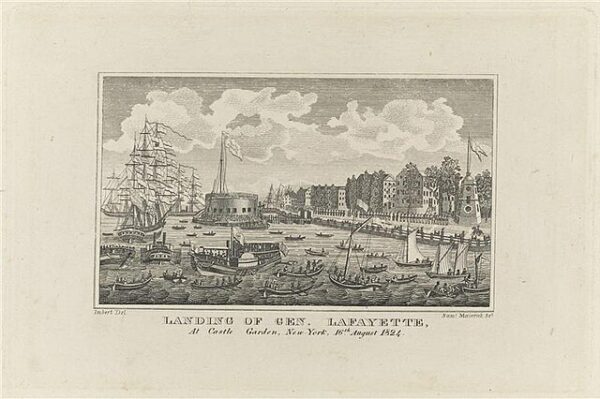On September 6, 1901, President William McKinley attended the Pan-American Exposition in Buffalo, New York, a grand event showcasing the progress and technological advancements of the era. As part of his visit, McKinley was scheduled to meet the public in the Temple of Music, an ornate building within the exposition grounds. The President, known for his approachable demeanor, often engaged with the public in such events, believing that staying connected with the people was a vital part of his role.
That afternoon, the atmosphere was charged with excitement as hundreds of citizens lined up to greet the President. Among them was Leon Czolgosz, a 28-year-old anarchist who had become disillusioned with the American government and saw McKinley as a symbol of the oppressive system he despised. Czolgosz, who had been influenced by radical anarchist ideas, was determined to make a statement by assassinating the President.
As McKinley greeted well-wishers in the receiving line, Czolgosz approached him, hiding a .32 caliber revolver beneath a white handkerchief that was wrapped around his hand. As the line moved forward, Czolgosz extended his covered hand as if to shake the President’s hand. McKinley, unsuspecting and smiling, reached out to accept the gesture. Instead of a handshake, Czolgosz fired two shots at point-blank range.
The first bullet grazed McKinley, deflecting off a button on his coat, but the second shot struck him squarely in the abdomen. The President staggered backward, his face contorted in pain, as the crowd around him erupted in chaos. Secret Service agents and bystanders immediately subdued Czolgosz, who was quickly arrested and removed from the scene. As they restrained him, he reportedly uttered, “I did my duty,” justifying his actions as an attack against tyranny.
Despite the immediate shock, McKinley remained composed, urging those around him to be calm. He was quickly transported to the exposition’s hospital, where doctors worked to remove the bullet and repair the damage. Initially, there was hope that McKinley would recover. He even reassured his wife, Ida, saying, “It is God’s will, not ours, be done,” displaying his characteristic stoicism and faith.
However, as days passed, McKinley’s condition deteriorated due to gangrene that developed in the wound. By September 13, it was clear that the President was dying. In the early hours of September 14, 1901, William McKinley succumbed to his injuries, leaving the nation in mourning and thrusting Vice President Theodore Roosevelt into the presidency.
The assassination of McKinley was a profound moment in American history, not only because it marked the violent end of a presidency but also because it underscored the growing unrest and the dangers posed by radical ideologies in the early 20th century. Czolgosz, who was swiftly tried and convicted, was executed by electric chair less than two months later, leaving behind a legacy of infamy.






